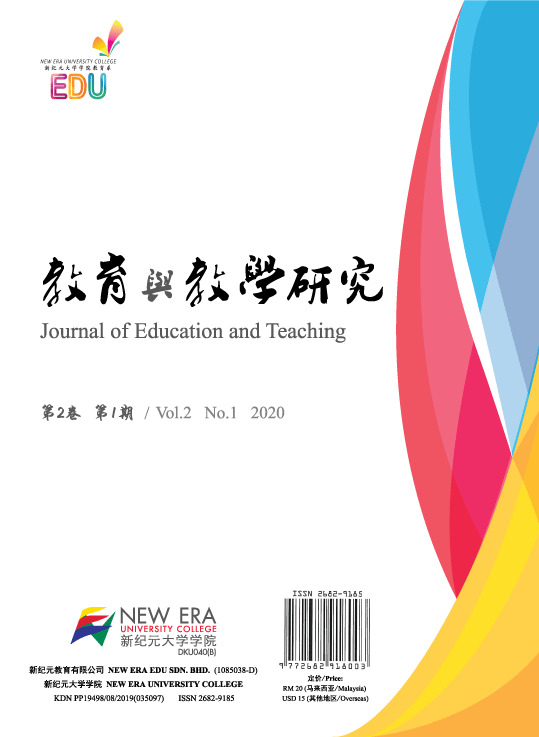运用思维导图提升马来西亚华文小学四年级学生华文阅读理解成效 Using Mind Maps to Improve Chinese Reading Comprehensive Effectiveness of Year Four Pupils in Malaysian Chinese Primary School
Keywords:
思维导图, 阅读, 阅读理解, 四年级, mind map, reading, reading comprehension, year fourAbstract
在马未西亚小学标准课程 (KSSR) 推行过程中, 小学高年级华文教师要面对的问题是在有限课堂时间内引导学生阅读, 理解篇幅较长、 内容繁杂的课文。 本研究运用准实验研究法, 以吉隆坡一所华小的两个班共62位四年级学生为研究对象,通过对思维导图阅读教学法和传统阅读教学法为期十二周的对比和观察, 探究思维导图对提升华文小学四年级学生华文阅读理解的成效。 研究结果发现, 相比传统阅读教学法, 运用思维导图更有助于学生掌握和理解课文内容, 更能提升学生的阅读理解能力。
In the implementation of the primary school standard curriculum (KSSR) in Malaysia, the ability to guide pupils to read, to understand long complicated texts and limited classroom time are the problems faced by teachers in teaching Chinese to upper primary pupils. This study utilised quasi-experimental methods to explore the use of mind maps in improving the effectiveness of Chinese reading comprehension skills of Year 4 primary school pupils. Simultaneously, this study also compared the effects of teaching and learning with the use of mind maps to traditional teaching methods on pupils' reading comprehension. The subjects of this study were sixty-two Year 4 pupils sourced from two classes in a primary school in Kuala Lumpur. The study lasted for twelve weeks. The experimental group taught with mind mapping, while the controlled group taught by using traditional teaching methods. Results showed that mind
mapping helps pupils in mastering and understanding the content of the text. As compared to traditional teaching methods in reading, the use of mind maps showed higher effectiveness in reinforcing pupils' reading comprehension.




